It is hard to imagine too many situations in the office where you would need to freeze and not move a muscle. Hence – our week 4 poster invites BeUpstanding participants to “do move a muscle”, and to do so regularly throughout the day.
But what are the benefits of doing this?
When we are seated, our large postural muscles in our legs do not have to work very hard. However, just by standing up, muscle activation can increase substantially. For example, one study in 84 middle aged volunteers from Finland were asked to wear special shorts that measured the electromyographic (EMG) or muscle activity of their quadriceps and hamstrings. They were asked to do a number of activities (lying down, standing, sitting, squatting, stair climbing, walking, running) as well as a maximal isometric voluntary contraction (MVC) – a standard test for measuring muscle strength. The EMG activity of each of the tasks was then compared to what the participant achieved during the MVC. When sitting, participants thigh muscles were only activated at about 1% of their maximum. This increased to 2.5% just by standing, about 10-12% by walking, and a substantial 22-25% by squatting or climbing up stairs.
In addition to getting your muscles working harder, getting up and moving can also help burn energy. One study measured energy expenditure in 18 adults while they performed desk work in a sitting or standing posture. They found that standing achieved an 11.5% increase in energy expenditure compared to the sitting position. However, like the muscle activation, energy expenditure increases dramatically when movement, such as walking, is added.
Type of non-sitting activity may also impacts on glycaemic control, with exploratory data from a pooled analysis of three laboratory trials showing that glucose and insulin responses to a meal was related to energy expenditure, with the greatest responses in the seated condition, followed by standing, light intensity walking, and moderate intensity walking.
This evidence can be easily summarised by our BeUpstanding message of “Stand Up, Sit Less and Move More”.
Quick tips to help you move a muscle
- Slip in some squats. Waiting at the bus stop, for the printer, or for your coffee is a great opportunity to get your muscles activated with some squats.
- Take the stairs. This is a classic, but still very relevant and one of the easiest ways to get more muscle activation into your day.
- Take a break. Try and get up at least every 30 minutes for a stand and stretch and aim to take a movement break (e.g., walk to get water) at least every hour.
This post was written by A/Prof Genevieve Healy.

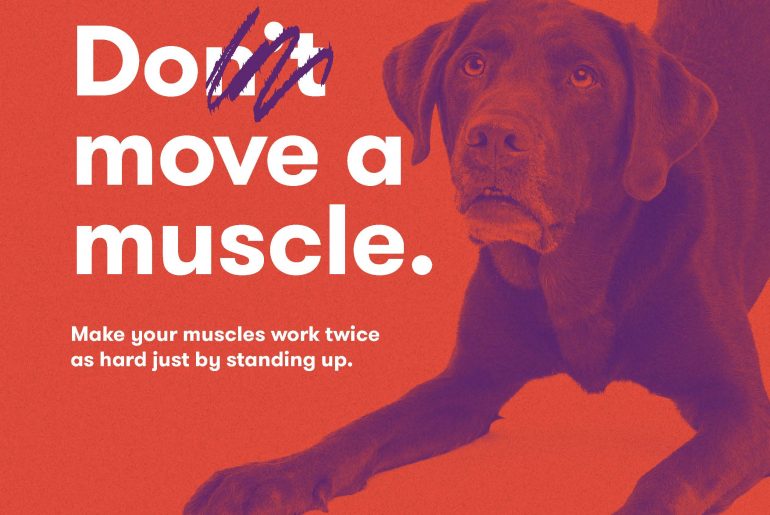

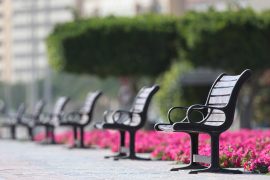
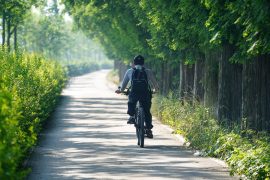


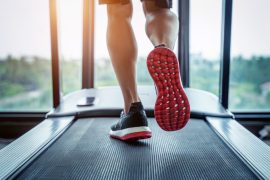
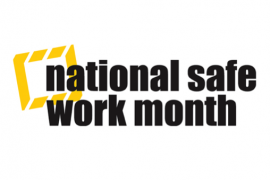
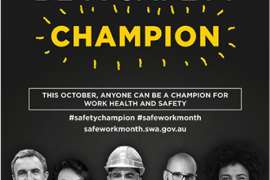
Comments are closed.